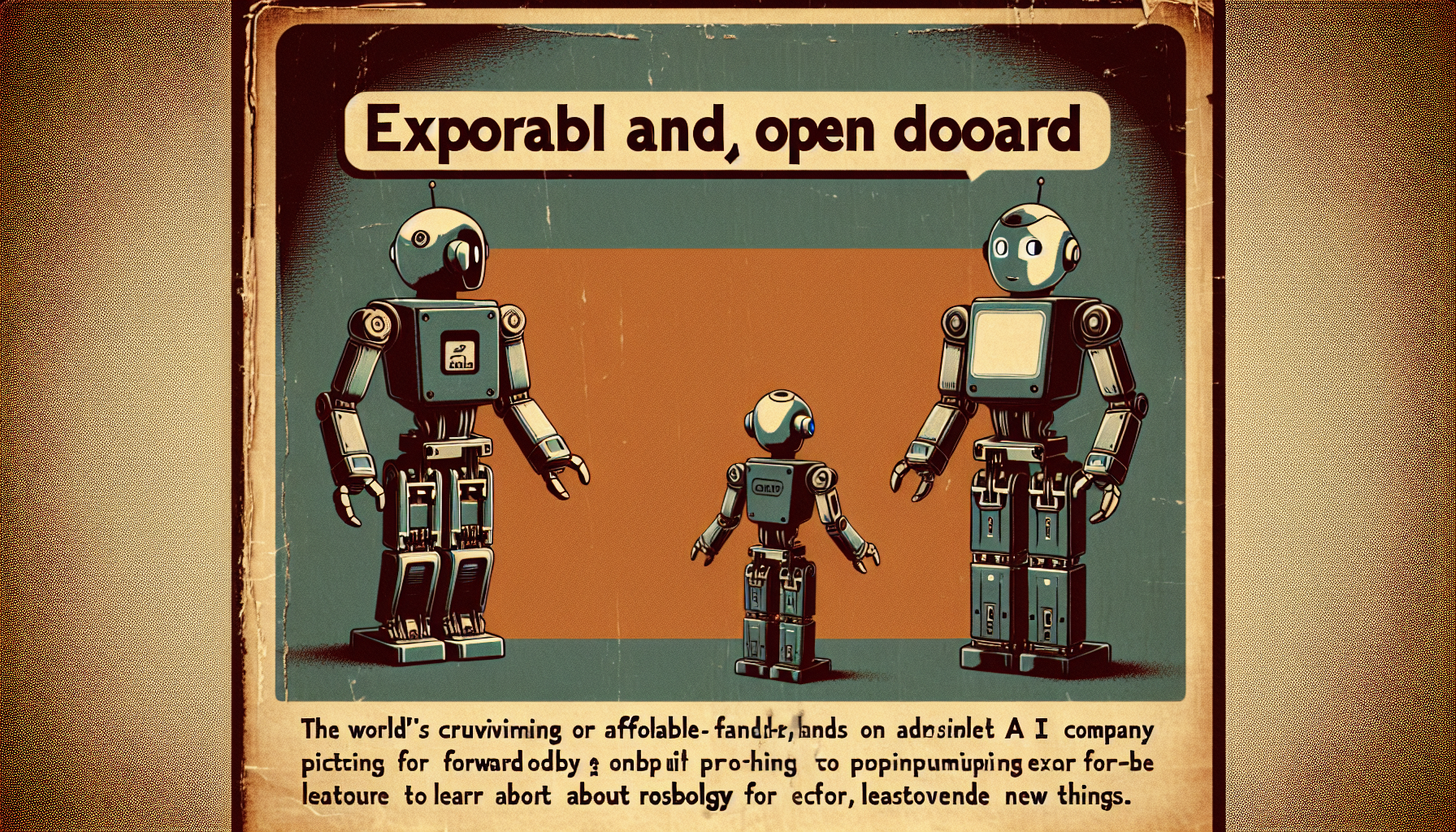In May 2025, one of the world’s leading AI companies, Hugging Face, revealed something remarkable: two new open-source humanoid robots. Their names are HopeJR and Reachy Mini. With this announcement, Hugging Face is opening new doors for people everywhere to learn about robotics, create new things, and push the boundaries of what robots can do. These new robots come at a time when the world is hungry for affordable, hands-on technology for learning and discovery.
HopeJR: An Ambitious Step Forward
HopeJR stands as a full-sized humanoid robot. It is not just a model or a toy—it is a moving, interactive machine designed to look and act much like a human. With 66 moving parts, HopeJR is capable of walking, handling objects, and performing many other complex movements with care and accuracy. This makes it a powerful tool for those who want to study or experiment with robotics in a realistic way.
One of the most inspiring aspects of HopeJR is its affordability. Costing around $3,000, it is significantly less expensive than similar robots from other companies—some of which can cost five times as much or more. This price makes humanoid robotics available to more people than ever before, so that knowledge and exploration are not limited by high expenses.
Importantly, HopeJR is open-source. This means anyone can see how it works, build their own, make changes, and share ideas with others. Learning, creativity, and community-driven development are at the heart of this project. Those who dream of building robots can now step forward more confidently, knowing that what they create can benefit from the contributions and insights of people all over the world.
Reachy Mini: Bringing Robotics to the Desktop
While HopeJR is ambitious and life-sized, Reachy Mini is designed for a more personal, close-up experience. This robot fits comfortably on a desk, making it perfect for classrooms, home labs, and creative workspaces. The cost—between $250 and $300—keeps it within reach for educators, students, and independent developers who want to experiment with robotics or artificial intelligence.
Reachy Mini’s features go beyond its size and price. It can speak, listen, and move its head, allowing interactiveness in a form that is easy to use and understand. Whether teaching, learning, or testing new AI ideas, Reachy Mini brings hands-on, real-world robotics to environments where it was once out of reach.
Transforming the World of Robotics
With these new robots, Hugging Face is demonstrating a strong belief: that technology should not be reserved for a select few. Too often, the tools needed to build and understand robots are locked away behind expensive prices or secretive designs. By creating open-source, affordable robots, Hugging Face is making a clear statement that robotics should belong to everyone. This opens the doors for universities, schools, and hobbyists to take part in the future of artificial intelligence and robotics.
This approach could have far-reaching effects. As more people gain access to robots like HopeJR and Reachy Mini, there will be fresh ideas, new research, and different perspectives. The field will no longer be shaped only by a handful of large corporations using closed-off systems. Instead, it will grow as a world-wide effort, where progress and imagination are shared and celebrated by many.
A Future Shaped by Openness and Community
The release of HopeJR and Reachy Mini is more than just a technological achievement—it is a call to a new era of robotics, one built on openness, community, and learning. As Hugging Face continues to invest in this vision, especially after its acquisition of Pollen Robotics in 2025, the world can expect to see even more ways for people to engage with, shape, and benefit from artificial intelligence and robotics. This is not only a milestone for Hugging Face, but a step forward for everyone who believes that the future is something we build together.

Leave a Reply